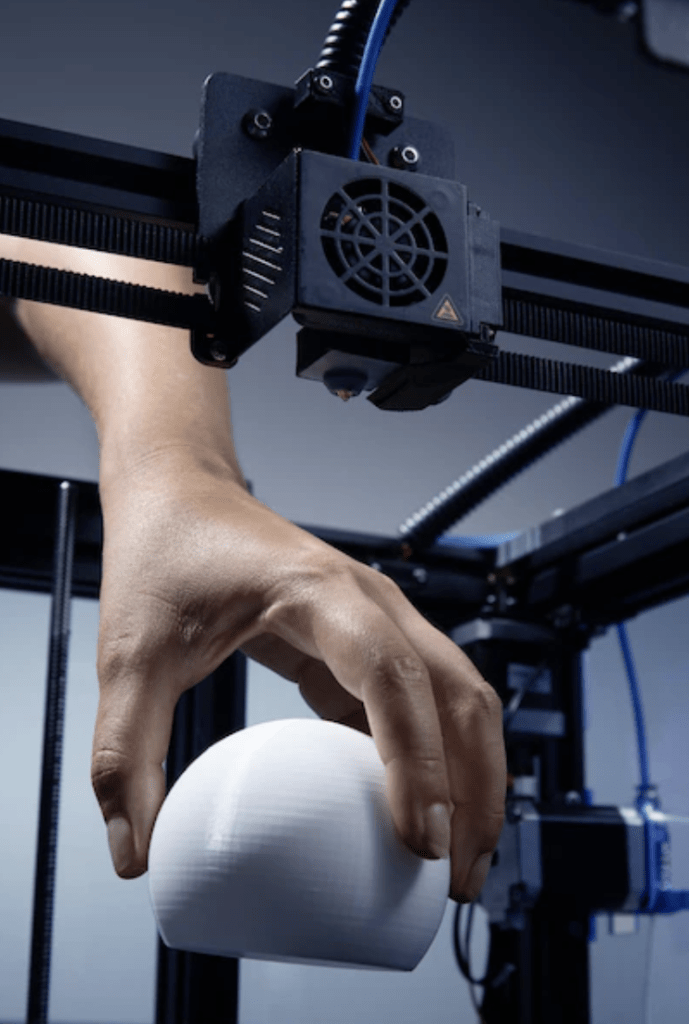Segmentation is a basic concept in management courses in which we bring together groups of customers with similar characteristics. We do this to be able to develop more homogeneous products or services and thus to be able to satisfy the needs of these customers in a more appropriate way. However, the fact that two potential customers are 25 years old, male and studying at university does not mean that they like exactly the same green shirt. Treating these customers the same way allows us to optimize resources and lower costs but often not by giving them what they really want.
This era of segmentation is ending, each customer is a customer and we will have to know them individually instead of generalizing that they are all the same or similar. But what about the costs? We can’t make a product or customize a service for each customer…. We couldn’t! Today we are starting to be able to. Different technologies allow us to do this personalization without customization. This means that technology allows this personalization without the need for intensive human resources and at an increasingly affordable cost. In any case, the cost should not be analyzed separately, since what personalization can mainly give is an increase in the conversion rate (potential customers that we transform into real customers) and average purchase and with that increase sales and margins. In a more initial way several CRM (Customer Relationship Management) software already help to make this more personalized relationship with the customer but a set of new solutions available are taking this concept to another level.
The concept of personalization is however commonly confused. Let’s try to simplify it. Personalization can be done automatically by the company or be defined by the customer. Netflix is an excellent case of automatic personalization. This movie streaming service predicts the most suitable movies for each of us, and with great precision. Magic? No, lots of data analysis, and statistical models. Why doesn’t Netflix segment? Because it doesn’t need to. It knows the behaviors of its entire database, where there are several people like us or at least similar to us, and throughout our interaction with the site/application it learns what it lacks. Much of Amazon’s success is also due to this personalization of the offer.
Other companies like Nike also have a service where the customer can customize their sneakers with a set of combinations of materials and colors available on the website. However, this type of customization from Nike is still very limited in its options.
In the words of Lapo Elkann, heir to FIAT and founder of the Italia Independent eyewear brand, during an interview at the DLD (Digital Life Design) conference, ‘why do car tires have to be black?’ Why can’t they be pink, striped or even with a lightning bolt design?”. So many years after they invented the wheel and still no one has thought to customize it?

The technology will also allow the customization of products in addition to services. 3D printing and 3D scanners will allow various applications: from the most serious where you can create a prosthesis for a hip exactly the measure of the patient’s body as in the case of sunglasses that can be printed in the format and pattern we want. This type of technology removes the factor that to keep costs down we need minimum quantities. So we will have ‘true customization’ where the limit is really the customer’s imagination instead of the current cases of customization that are the combination of a set of predefined options.
We are increasingly getting into this ‘segment of 1’ concept as Amazon advocates. Of course these trends don’t happen overnight and there will be industries that are the exception. But most industries will be impacted in one way or another and those that do not have personalization as part of their strategy, and the set of tools necessary to do so, will have serious competitiveness problems already in the near future.

